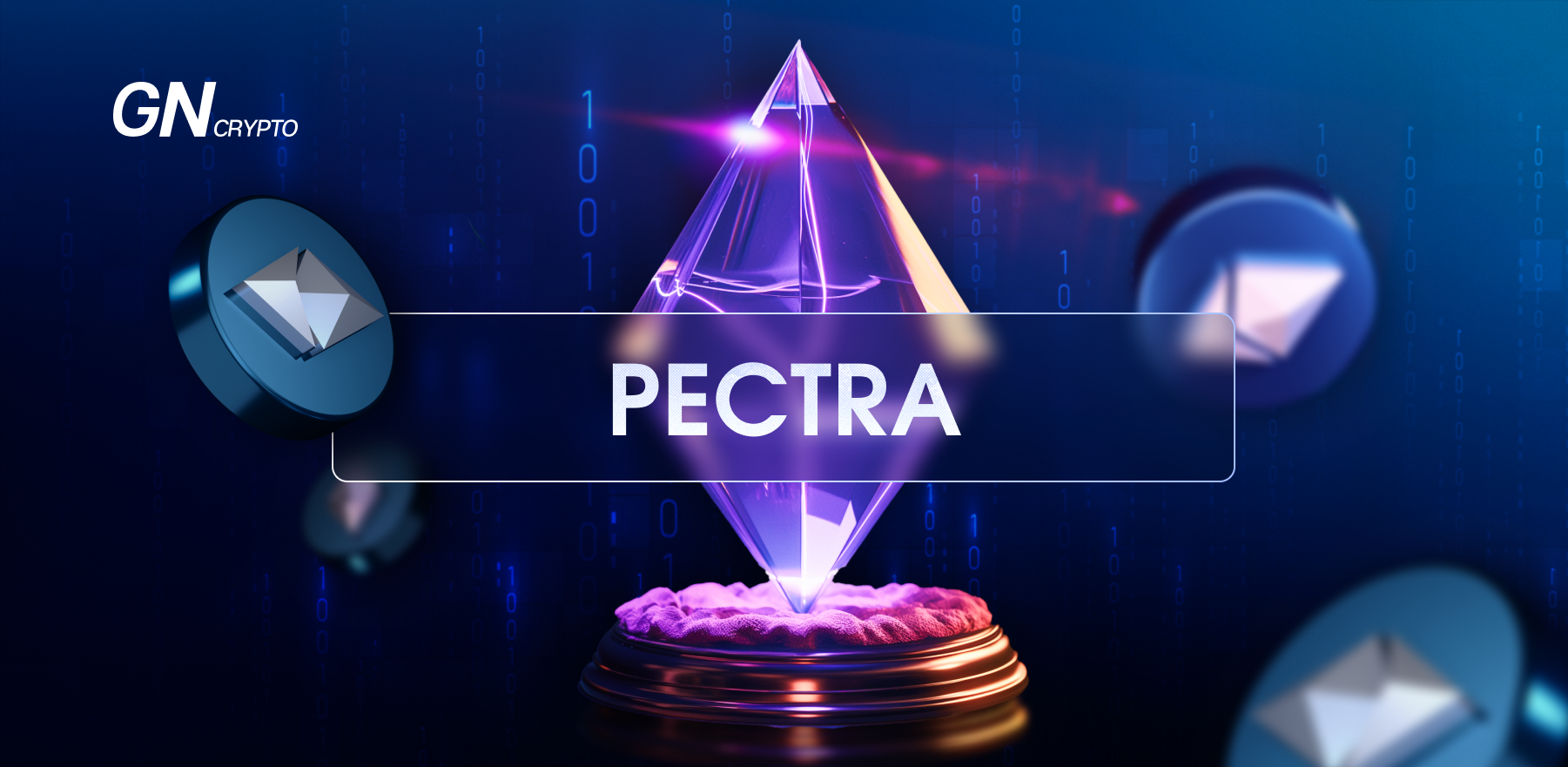What Is Pectra? Ethereum’s Next Upgrade

The next major upgrade of the Ethereum network is on its way. In an Ethereum Developers Meeting in June, the team discussed its implementation scope. Called Pectra, the upgrade promises to significantly improve the Ethereum user and developer experience. The target for its release is set for sometime in Q1 2025.
On this page
Pectra combines the Prague execution layer upgrade and the Electra consensus layer upgrade. Following Ethereum's naming pattern for some upgrades after 2021, it takes a city name and a celestial star name. This approach indicates that changes take place in both the execution layer and the consensus layer of the blockchain. The execution layer is where smart contracts are hosted and transactions are processed. Meanwhile, the consensus layer defines rules on how the network participants reach consensus and approve transactions.
Ethereum’s previous upgrade, Cancun-Deneb or Dencun, was released in March 2024. It introduced a new data storage structure and lowered gas fees. Pectra includes Ethereum Improvement Proposals (EIPs) that will further increase scalability and present new functionalities. The Ethereum team decided not to release the upgrade before the Ethereum conference Devcon, scheduled for November 2024. By doing this, they aim to give more time to the community to use the previous upgrades.
The Ethereum Improvements Pectra Is Expected to Include
Although Pectra’s full details aren’t defined yet, in the recent All Core Developer Execution Call, the Ethereum team came to an agreement on several points. A post by the Protocol Support Lead, Tim Beiko, summarized the discussions introducing the next steps.
Pectra is decided to include Account Abstraction (EIP-7702), EVM Object Format (EOF) improvements, Maximum Effective Balance (EIP-7251), and PeerDas (EIP-7594) among other proposals.
The EIP-7702 proposal improves the Ethereum user experience through smart contract wallets. Co-authored by Ethereum founder Vitalik Buterin, the proposal aims to integrate account abstraction (AA) into wallets, which will unlock new functionalities, such as social recovery of wallets, batch transactions, and gas sponsorships. Smart contract accounts on Ethereum will be built according to the ERC-4337 standard. The EIP-7702 is a replacement for the previous EIP-3074. It is more compatible with the ERC-4337 standard and allows existing Ethereum accounts to temporarily function as smart contract wallets during a transaction.
EVM Object Format (EOF) will bring improvements for developers and make smart contracts more secure. The upgrade has been discussed since the implementation of the Shapella hard fork in April 2023, but it has been getting postponed. There are 11 proposals included in EOF related to smart contract deployment, code validation, smart contract creation, and other aspects. The Ethereum team decided to implement EOF in Pectra’s last stages.
Another improvement included in Pectra, the EIP 7251, increases the number of Ethers that can be staked on the network. With it, the maximum effective balance becomes 2,048 from 32 Ethers. This change will make it easier for large validators to manage their activities while reducing the blockchain’s pressure. Note that Ethereum relies on Proof-of-Stake. The mechanism requires those who want to become a network validator to stake coins as a guarantee of their fair contribution to the network. If a validator tries to confirm invalid transactions or doesn't follow protocol rules, their deposit can be slashed.
Pectra will also improve transaction processing for Layer 2 networks with the PeerDAS upgrade, short for Peer Data Availability Sampling. As described in the EIP-7594, the upgrade reduces storage requirements for node operators.
Ethereum Beyond the Pectra Upgrade
With Ethereum’s Merge upgrade in September 2022, the network switched to a Proof of Stake consensus mechanism. Now, it’s in the phase of increasing network scalability. For each network upgrade, developers and researchers prioritize the urgent upgrades and decide on the implementation. Along with this, anyone with technical knowledge can submit Ethereum Improvement Proposals on the network’s forums contributing to its growth.
After Pectra, the next expected upgrade is Osaka, which will be implemented on the execution layer and will introduce Verkle trees. This data structure enables stateless clients on the network, reducing the computational resources needed for transaction validation. Ethereum users do not need to directly participate in these upgrades, as all changes are managed by developers and network operators.
The content on The Coinomist is for informational purposes only and should not be interpreted as financial advice. While we strive to provide accurate and up-to-date information, we do not guarantee the accuracy, completeness, or reliability of any content. Neither we accept liability for any errors or omissions in the information provided or for any financial losses incurred as a result of relying on this information. Actions based on this content are at your own risk. Always do your own research and consult a professional. See our Terms, Privacy Policy, and Disclaimers for more details.

























